After a year of attending anime-themed events, a convention day typically plays like this: I go to events, see friends, buy merchandise, and take as many photos as possible. There’s plenty to take from the special exhibits, but most of the time, it’s the awe-inspiring cosplayers I encounter that fill up my gallery. I’m all smiles until I get home when, in an unfortunate twist of fate, I find that many of my pictures are terrible. “How can it be this bad!?” – I say, deeply disappointed at my skill issue (my brother and I have the same phone, but his photos are always good.) Thank goodness that I’ve made a habit of taking more shots so I can at least pick the best one.
As I write this now, I think it’s okay to say that I’ve improved in my picture-taking since, or at least prepared in advance (like wiping my phone lens, rule of thirds, post-edits, etc.) for my own awkward blunders. One day, however, I came to an event to support my Chainsaw Man cosplayer friend and came across a free-roaming professional photographer. His presence was friendly and when I saw him working in action, snapping away and interacting with people, I thought, “Wow, he’s pretty cool.”
After that, my admiration for pro shutterbugs just kept growing. Compared to my own (obviously), the power they have is pure talent and skill. It’s hard to ignore their existence, not only at conventions but on social media where cosplayers post their incredible cosplay photoshoots. I was suddenly thrown into this exciting perspective that there are expert camera enthusiasts who are passionate about creatively bringing these anime characters to life.
As my circle of friends grew larger, I met more personalities in the community. If you’ve followed my coverages with Anime Corner for a while, you’ll probably find how I’ve featured some cosplayers and crafters from the Philippine convention scene. Now, I thought, “Why not give the spotlight to the people behind the camera?“.
Table of contents
What Is Cosplay Photography?
“Cosplay,” from the term costume play, is an activity where people dress up as their favorite characters while “cosplay photography” is the act of taking photos of the cosplay. One time, I asked a hobby cosplayer friend of mine why she was always so fond of having photoshoots at our local events. She smiled and simply said, “Cosplaying is fun, and I want something to remember them by. Also, I wanna look cool!”
That said, a good photographer knows how to bring out the best of their model. What makes cosplay photography different from other kinds of photography is that creativity is highly encouraged – from highlighting the bright-colored costumes to out-of-this-world poses, all the way to post-editing to achieve an imaginative or fantasy mood.
Selfies are good, but professional cosplay photography? Even better.
Cosplay Photography is All About Creativity
“As we delved deeper into cosplay photography, we discovered a whole new world of creativity and imagination. The intricate costumes and makeup, combined with the passion and dedication of the cosplayers, made for stunning and unique portraits.” Cinestill Studio, composed of photographers Moodz Amil and Jerome Paras, told me in an interview when I asked about what inspired them as photographers. I’ve come across their work online, especially their posh photoshoots outside the event venue. It’s all quite interesting to think about, and then I wondered, “How exactly do they do it?”
Like all other hobbies, cosplay photography has a creative process to follow. I discovered 3 important steps from Cinestill Studio, which they have unselfishly imparted to me and I am more than delighted to share them with you. First, the careful planning from both the cosplayer and photographer (this includes research on the character’s personality, costume, props, and mood boards to help with poses.) Second, capturing the perfect shot during the photoshoot. Third and lastly, the post-editing magic – tinkering and adjusting exposure and temperature, shadows and highlights, color grade, and other interesting whatnots. And just like that, the photo is refined and can be delivered to the happy client.
It’s quite fun to listen to someone geek out about their favorite things, even when those “things” are the most stressful ones for them. (I suppose this is relatable, I love talking about Bungo Stray Dogs.) In truth, the entire photoshoot process is much more meticulous than you can imagine. Things like creating or manipulating the perfect lighting, ambiance, venue – outdoor, studio, or conventions – framing, directing, depth, leading lines, color grading, and so on and so forth. Other than camera technicality, they also have to capture and deliver justice to the costume and cosplayer.
With all these factors and principles in play, it all really comes down to the photographer’s technique and imagination. Now, don’t you think that’s an exciting thrill?
Invest in Valuable Skills and Gear
Photography is often called personal, and like how cosplay photographer Efraim Delacruz from Eprim Digital said, “ It [the environment] constantly changes, so if I take a picture of something or someone, that moment becomes frozen in time, and it will never be the same.” It makes one wonder…ephemeral thoughts like these are what make photos all the more precious and meaningful. But then again, is that all there is to it?
Photography is also a form of art. And to answer the million-dollar question, a good camera definitely makes a difference in the quality of the photo, but it’s also the creative and good eye of the photographer that makes it unique.
“It’s a healthy balance,” Eprim Digital continued to tell me when I asked about the importance of both skills and gear. “People back then didn’t have great technology, but they still created wonderful works that shaped lives. Having expensive equipment with the best specs is great but if you don’t know the fundamentals, then it’s practically useless. [As a cosplay photographer,] having advanced tools speeds up the work process but at the end of the day, they’re just tools. So, you need a healthy balance [of both] for a great output.”
Of course, anyone can create an artistic photograph whether it be via smartphone, an entry-level camera, or a more expensive one. Being a good photographer is more than just mastering your camera – it’s about the quality of output one can produce. So what exactly is a “good photo?” Especially one in the area of cosplay photography?
The Cosplay Photoshoot Process and Experience
Allow me to share another personal story. One time, my younger cousin asked for help with a school cosplay contest, and I, as a supportive Ate, excitedly took on the job. We researched low-cost costumes and props, and the final work turned out to be – and I say this with much love and amusement – a cringey success. (I’ll leave the details to your imagination!) It was a fun experience but I admittedly didn’t know what I was doing. I had the chance to regain my honor during my cousin’s debut and since she didn’t have anything fancy, we took matters into our own hands and had a home photoshoot. With the help of her older sister’s make-up and light support skills, my mom’s fashion and directing skills, my brother’s trusty Nikon D40, and my very own beginner photography skills – we managed to make something nice together.
That’s probably the closest I’ve gotten to a photoshoot. And again, I was thrown into this humbling situation that the photoshoot process is a lot of work. Even now as media for Cosplay Mania, my introverted energies struggle to keep up, but because I want nice photos, I have to step up and do what must be done. As Eprim Digital said, and I quote, it is “hella exhausting.” Really, much kudos to all the photographers out there who can do it so naturally. Thank goodness they exist.
I’m sure a lot of cosplayers share my appreciation as well. Whether it’s for hobbies or work, their collaborative photoshoots are usually fun and rewarding because everyone involved is passionate about what they do. It’s all the more amazing when it’s more than that – the photoshoot becomes an experience.
That said, every photoshoot experience is unique. “The exciting part is that each cosplay shoot is a creative adventure in itself,” Eprim shared. “The most enjoyable part is when I get to see their reactions from every step of the way. From the meeting, directing, and showing their photos after shooting to having little chats, to them having a hard time choosing [their favorite shot], to seeing their final comments, and reacting to the final output. It’s a journey filled with joy and anticipation.”
Another photographer, Ender Cruz of Pitikulotchi, told me that every photoshoot provides a new learning experience. Although convention or event photoshoots can be challenging (I learned that there are some not-friendly venues, some requiring permits, for example), it’s a skill worth learning to become a better photographer. Pitikulotchi added, “The actual photoshoot is the most difficult part but I enjoy it a lot because I can get to interact with different cosplayers.”
Even Cinestill Studio goes all the way out to explain his excitement for the creative process. “The interplay of composition, lighting, pose, and emotion culminating in a photograph is a gratifying experience that rejuvenates us during the shoot. It is a source of pride for us to present the cosplayer with our coveted money shot.”
As cosplay photographers, they also emphasized to me how important it is that they can connect with their subjects, communicate, and understand everything in between. Creating a comfortable and cheerful energy not only establishes a good professional relationship but also an authentic photograph. Simply put, no matter how awkward you may be, they’ll know how to make you look good.
So going back to my earlier question, what makes a good photo? I asked them again, and these are the boxes to check:
- First, Pitikulotchi said that you’ll know it’s a good photo when there’s a good composition, balanced lights, shadows, and moody tones.
- Second, Cinestill Studio said that a well-captured photograph is one that can evoke emotions with its quality; it perfectly conveys to the viewers the message and passion of the cosplayer inframe.
- Third, Eprim Digital said that it’s a good photo when the clients are happy; when they smile, and feel that their own cosplay has been elevated.
How to Bring Fictional Characters to Life with Cosplay Photography
The fun in cosplay photography, or photos in general, is its gift of creating memories for everyone. It’s about capturing the moment when people dress up as their favorite characters. So, here are some tips on how to bring your favorite anime or game characters to life with cosplay photography :
- Be creative and artistic; doing research on the character can help you with ideas on what to highlight in the costumes, poses, and overall composition. One of the nice things about cosplay is that there’s a ton of references you can study and recreate.
- Choose a fitting and interesting background or location.
- Pay attention to the details of a good pose (hand placement, facial expressions), make-up, and costume.
- Props and their positions are also key elements of any great cosplay.
- Communicate! Both the photographer and cosplayer should have a clear idea of what to expect before, during, and after the shoot.
- Even with a phone or an ordinary camera, pictures will turn out good if you keep in mind some photography techniques. (Rule of thirds, depth of field, lighting set-ups/equipment, camera settings, perspectives, etc.)
- Create a compelling story; there needs to be enough emotion and information for the viewers to feel. It’s best to keep taking different kinds of shots too.
- Of course, there’s also the magic of post-editing. For example, color adjustments and other cleaning edits.
In addition, the experienced cosplay photographers were kind enough to share their personal advice with aspiring cosplayers and photographers. Here are some more photography tips:
Pitikulotchi: [To aspiring cosplayers and photographers,] don’t give up. Pursue your passion. All of us will get better at what we do [with experience and practice.]
Pitikulotchi’s favorite gears are his Sony A6000 and Nikon D7000. For the light set-up, a Godox flash, ml60, and TL60.
Eprim Digital: For future cosplayers [hesitant for a photo shoot, just] have fun but have a line of professionalism and respect for everyone. Make sure you’re on time, have references, and practice. For photographers, if you are a hobbyist, it’s completely fine. Observe basic human decency at all times, respect others and yourself, and don’t sell yourself short. Have the right amount of professionalism and personality so the cosplayer will have a great experience.
For both coser and photogs, don’t compare yourselves to anyone because we all have our beginnings and struggles. You just need to remember that you can grow by being consistent and balancing work and fun. Enjoy the process and don’t let flops get you down; it is a part of the process and that’s where we learn.
Eprim Digital doesn’t have favorite equipment and likes anything as long as it works. However, his bread and butter is his 18 to 135mm lens which works anywhere, anytime, all because of its range in focal length. Eprim Digital also strongly believes in flashes because they “are the MVPs in my photography.”
Cinestill Studio: For individuals aspiring to become cosplayers, it is important to cultivate self-confidence. While it may be challenging at the outset, the more one engages in the practice, the more comfortable it becomes. For official photoshoots, it is crucial to research the right photographer who can deliver the desired outcome. Exercise caution as there are individuals who may use photography as a means to target cosplayers.
Similarly, for photographers, the initial approach can be daunting, particularly when seeking to capture images of exceptional cosplayers. Building a portfolio may take several months, and it is important to avoid underselling one’s services. As a photographer, one is investing in the industry, and it is essential to value one’s equipment, skills, and time spent capturing and editing images. Undervaluing one’s services can have a significant impact on impact on the photography industry, potentially altering pricing structures over time…
…Furthermore, it is important for photographers to establish a good rapport with cosplayers– be respectful, professional, and communicative. It is also important to understand the cosplayer’s vision and work collaboratively to achieve the desired outcome. Building a positive relationship with cosplayers can lead to repeat business and referrals, which can be beneficial for photographers in the long run.
In addition, photographers should also be aware of the legal implications– obtain consent from the cosplayer before taking any photographs and ensure that any images taken are not used for commercial purposes without the cosplayer’s permission. Photographers should also be aware of copyright laws and ensure that they have the necessary permissions to use any images taken for their portfolio or for promotional purposes.
Cinestill Studio’s top favorite gears are the Fujifilm X-T4 and X-T5, which deliver high-quality film-ish vibe photos with the aid of Fujifilm System’s Film Recipes. An “indispensable tool in our photography arsenal,” they said. Next up is the AD200 Pro flash and although expensive, they describe it as their most versatile and efficient gear.
And that marks the end of my article! I am grateful for having had the honor of being surrounded by so many kind and friendly creatives. For more cosplay shots, you can check out Pitikulotchi, Eprim Digital, and Cinestill Studio’s Cosplay Mania 2023 gallery feature. You can also check out my own cosplay gallery article of CosMania 2023 and CONQuest 2023 (which I worked really hard on with my new camera, hehe).
I hope you also take the time to check out more of Anime Corner’s content – from the relatable posts on the main Facebook page, voice actors news on Seiyuu Corner, and our anime reviews and features on the website. Thank you for reading, and stay creative!
Special thanks to KrayZeke TV for making this article possible. Most of all, my heartfelt thank you to cosplay photographers Moodz Amil and Jerome Paras (Cinestill Studio), Ender Cruz (Pitikulotchi), and Efraim Delacruz (Eprim Digital) for allowing me this interview, as well as letting me feature their amazing photos.
Cover Photo: Eprim Digital featuring Rissa Rossa
Photo Credits: Pitikulotchi, Eprim Digital, and Cinestill Studio. All photo credits belong to the rightful photographers and cosplayers.
Please do not repost or use their photos without permission.
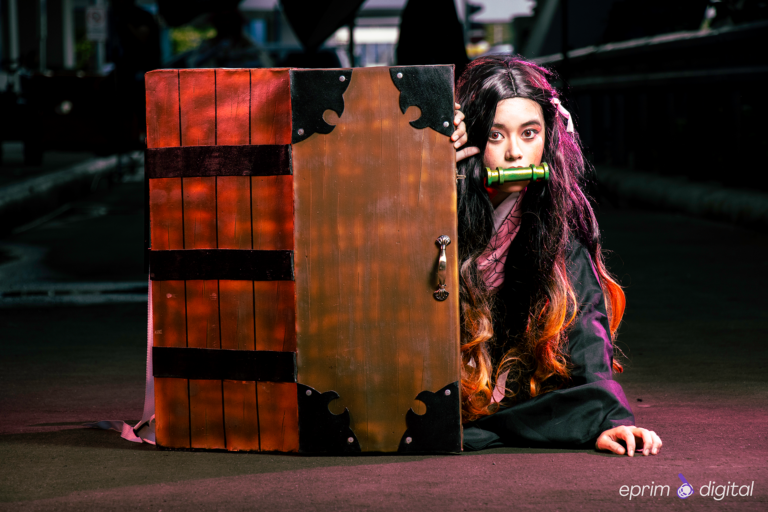
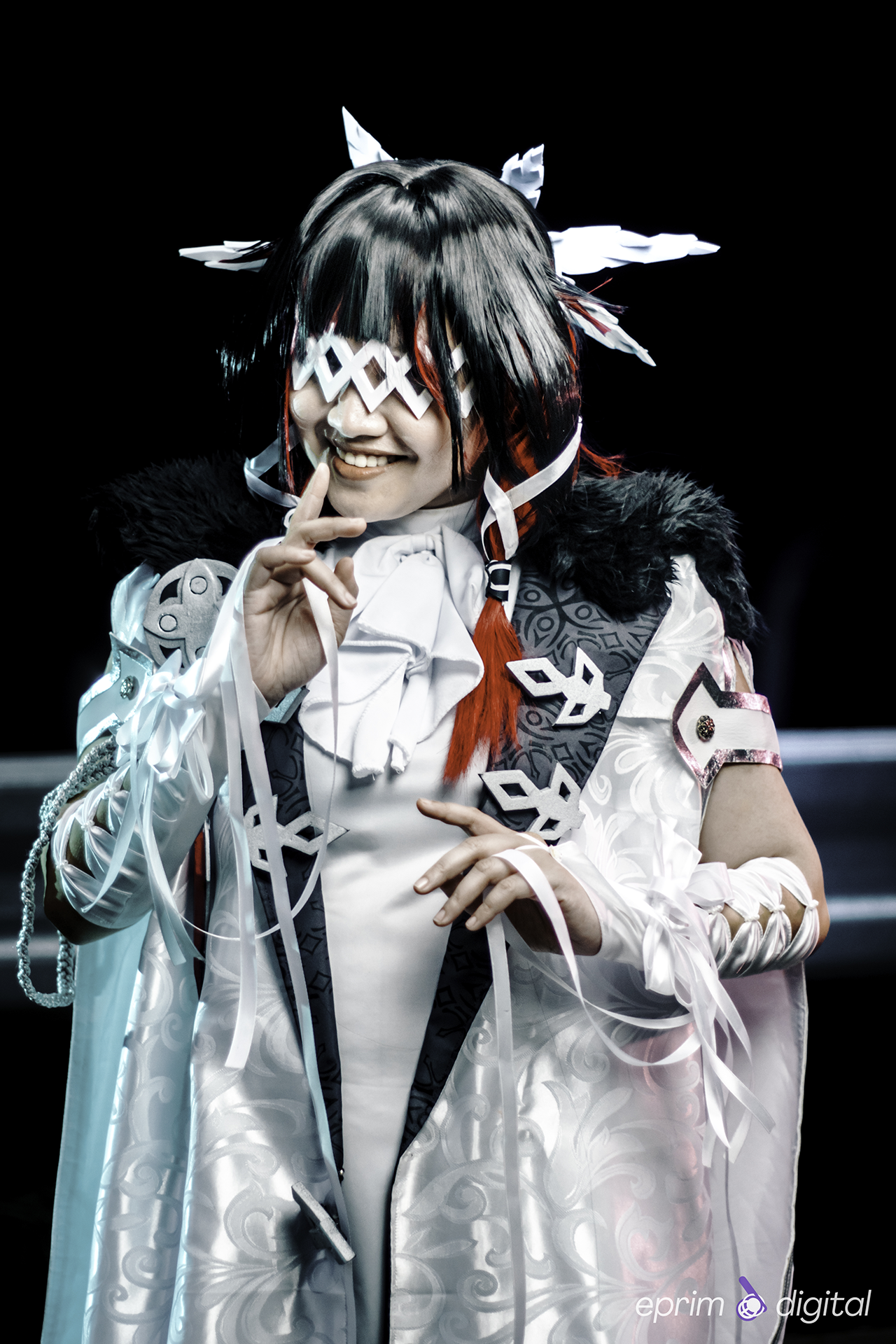
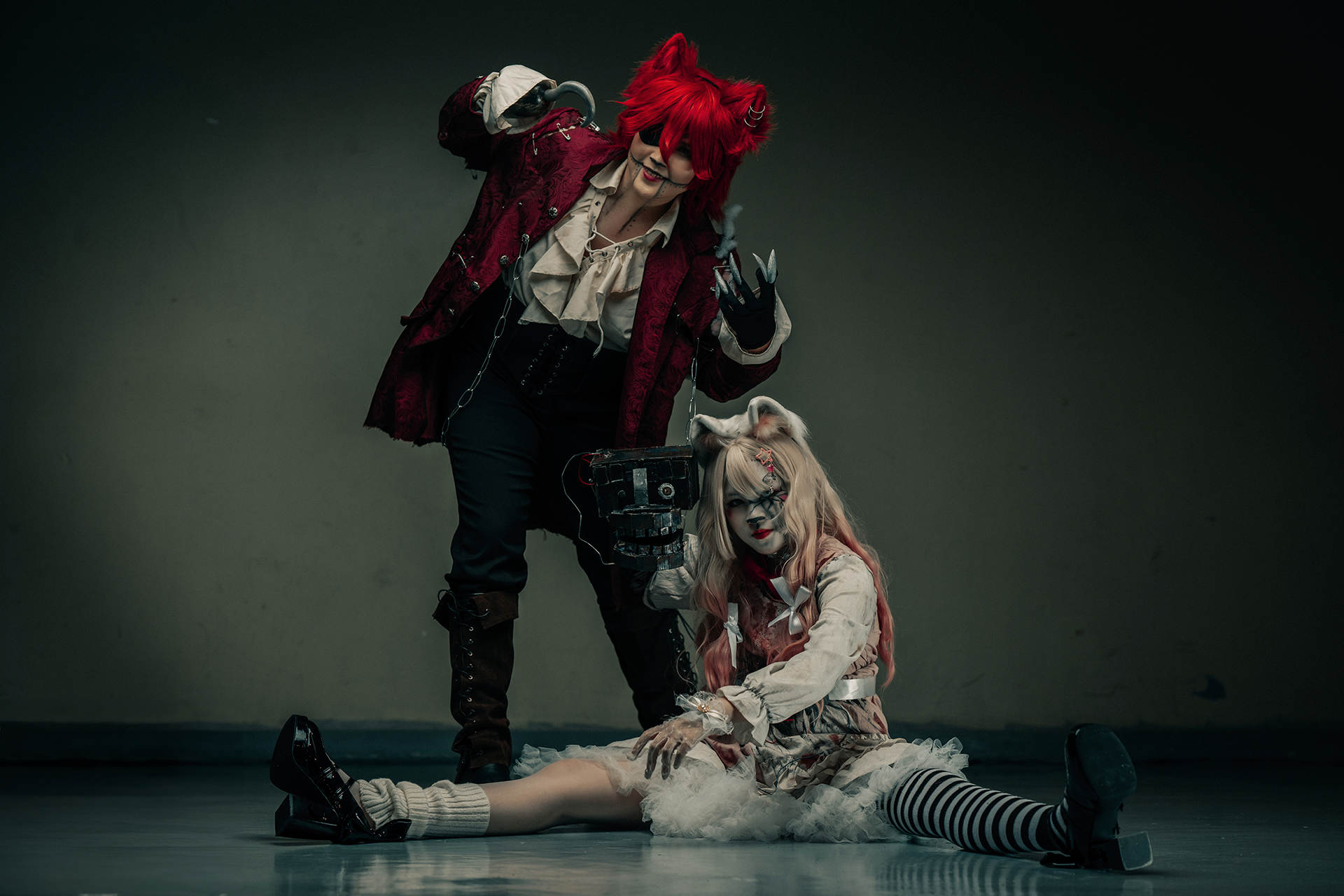
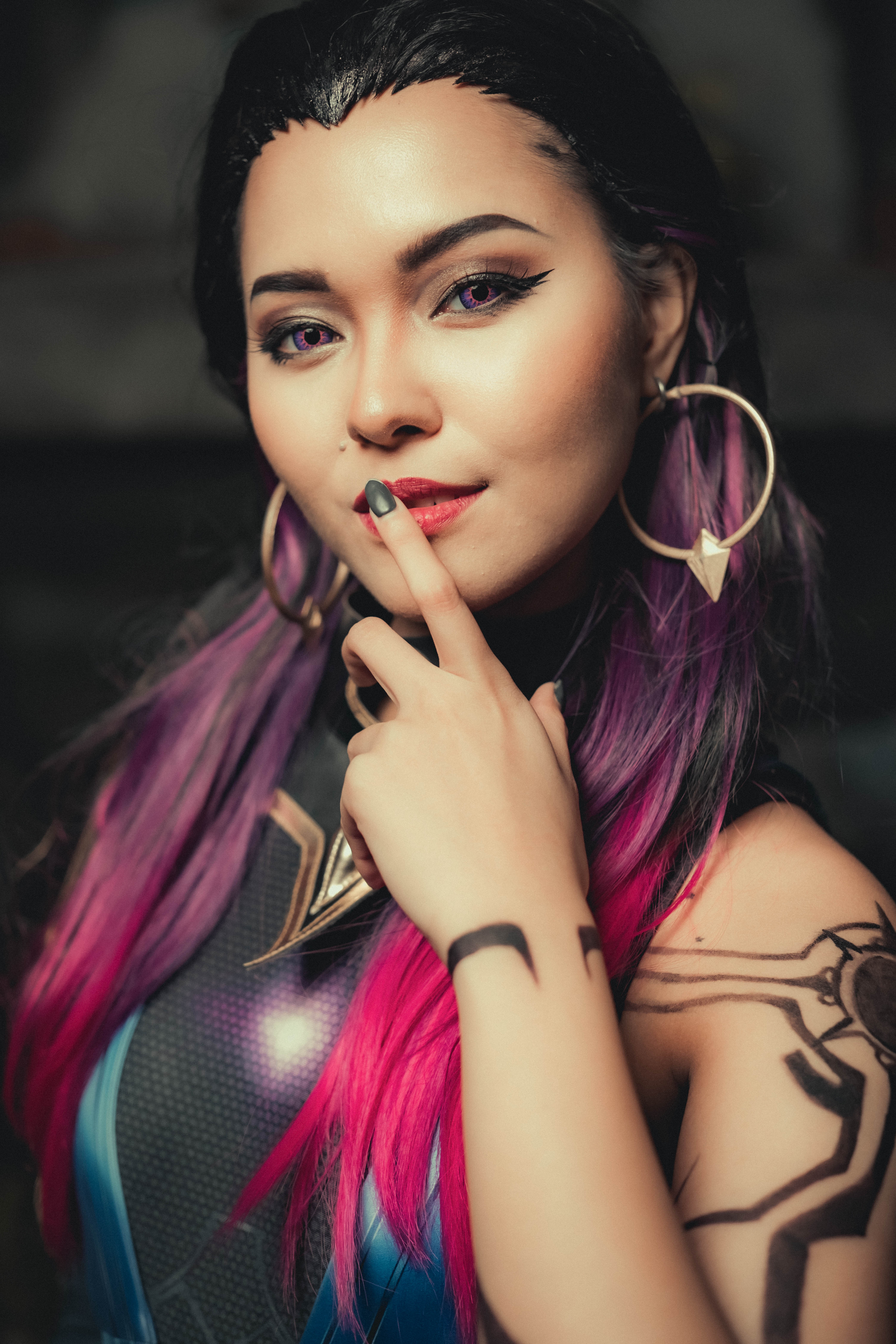
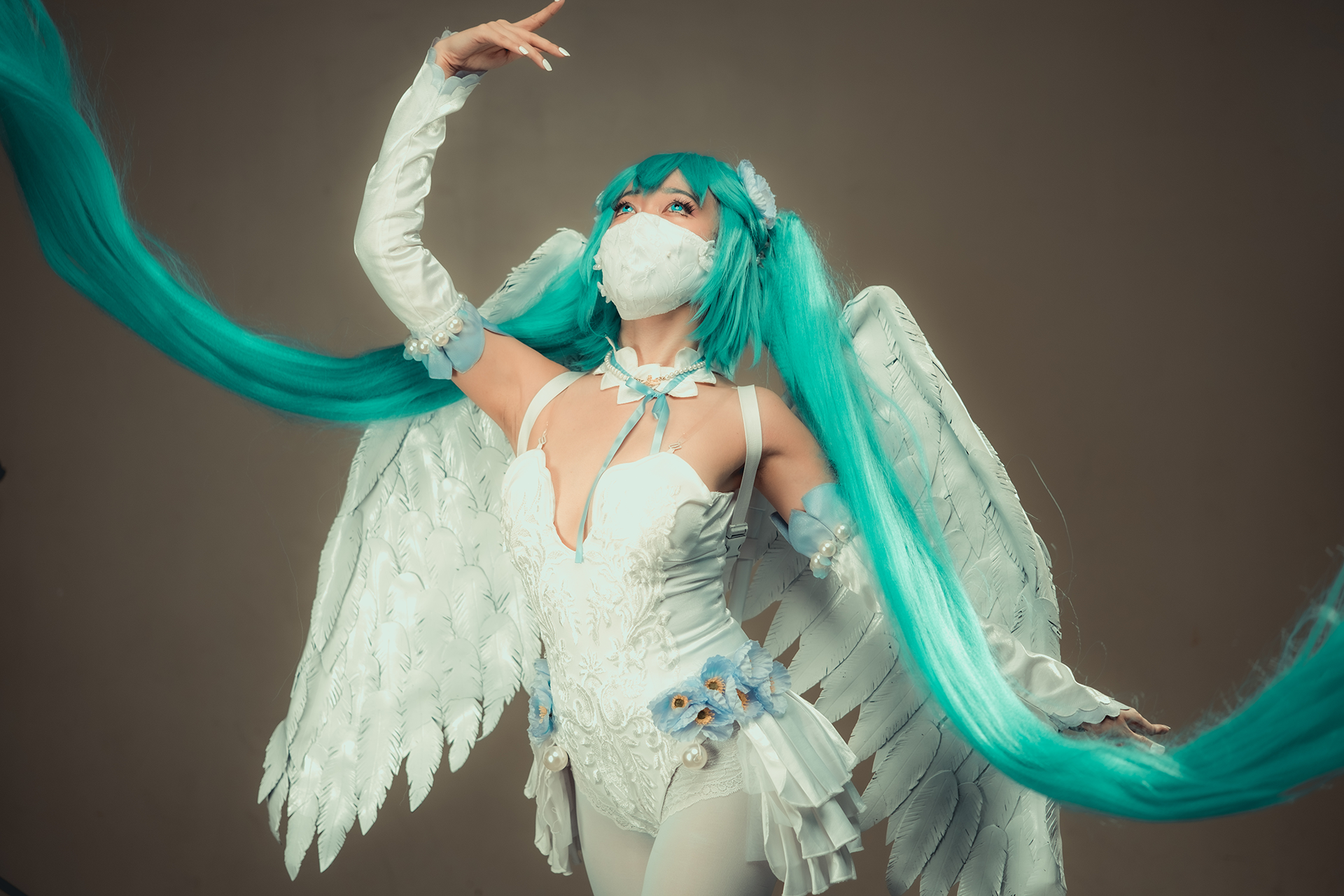
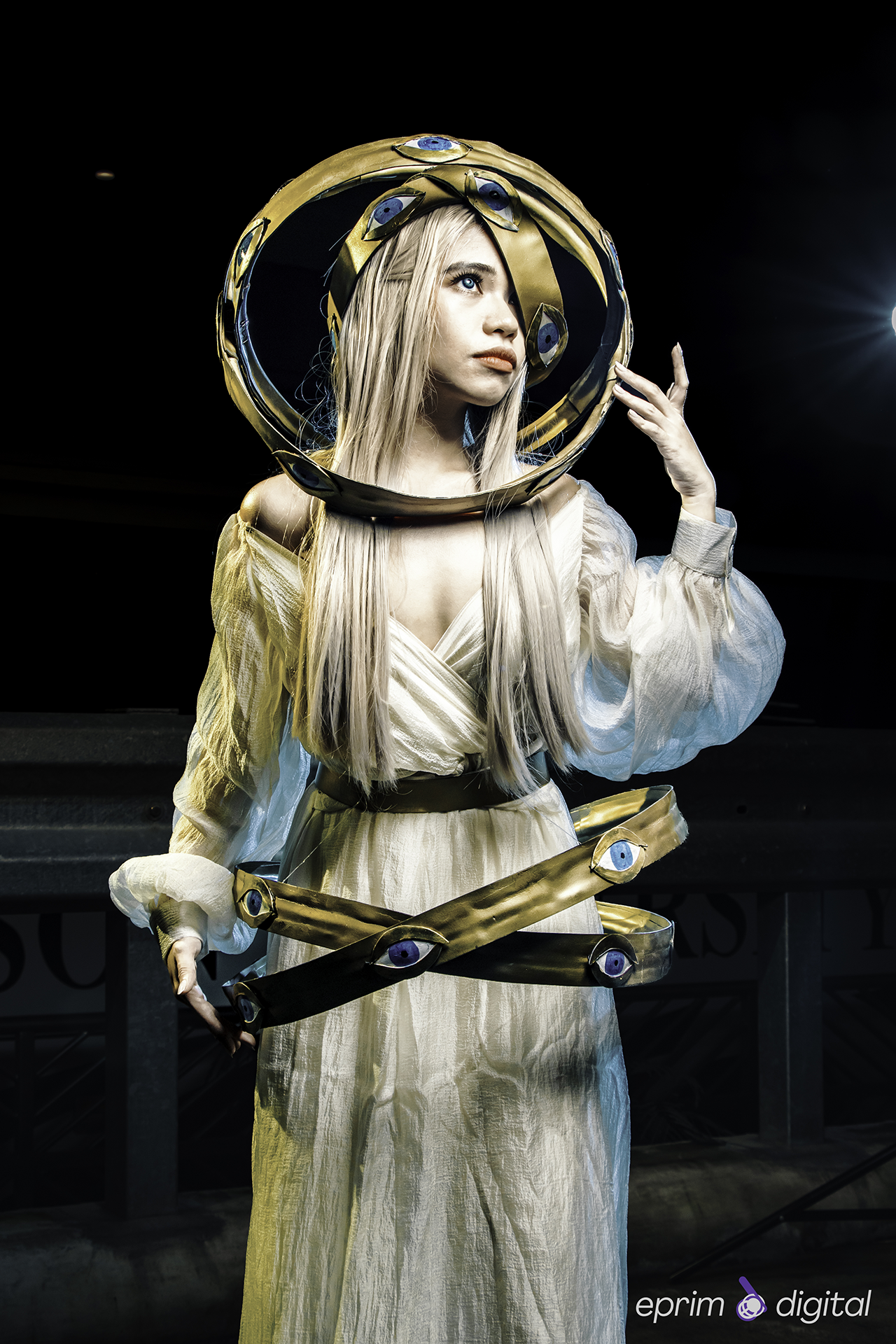
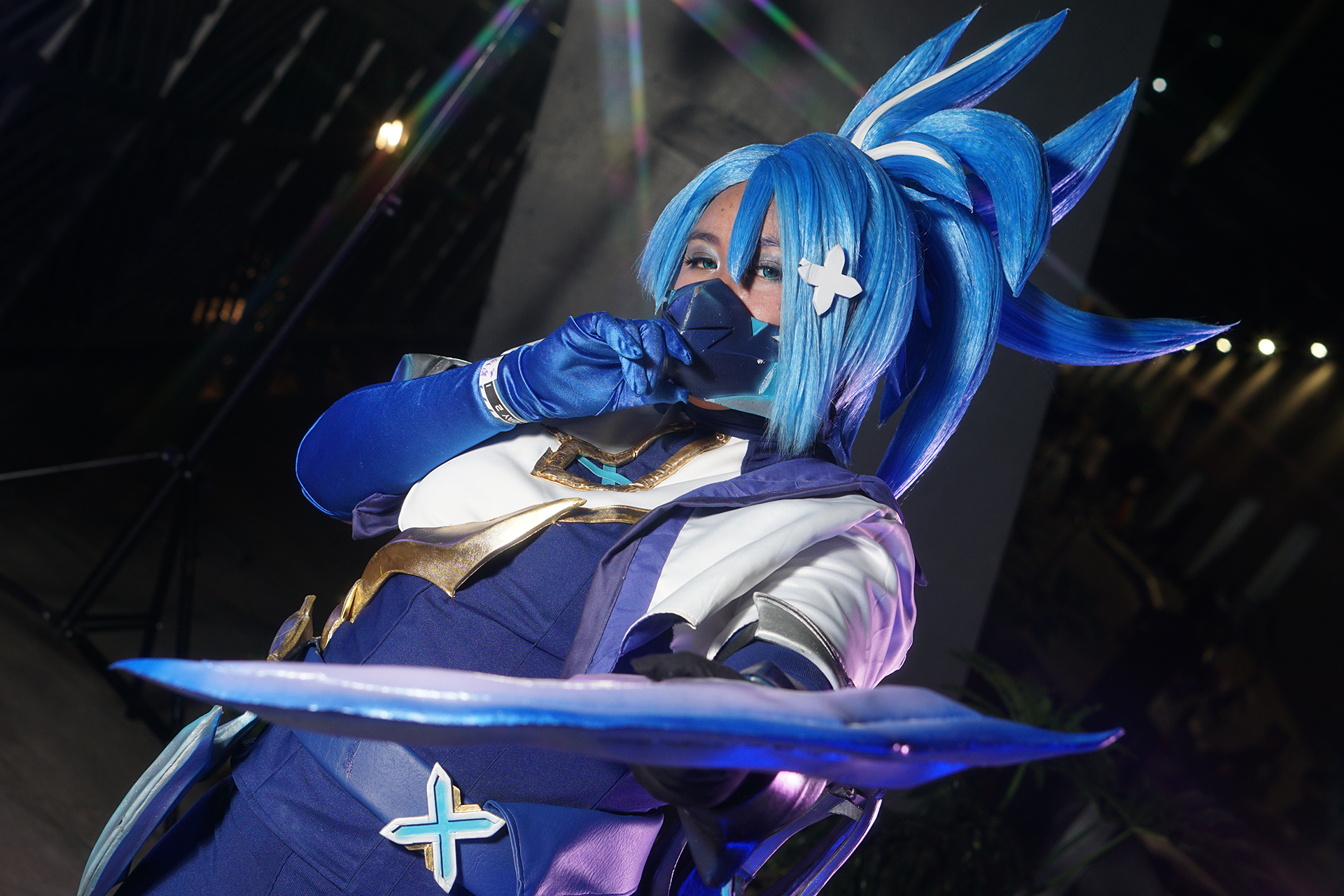
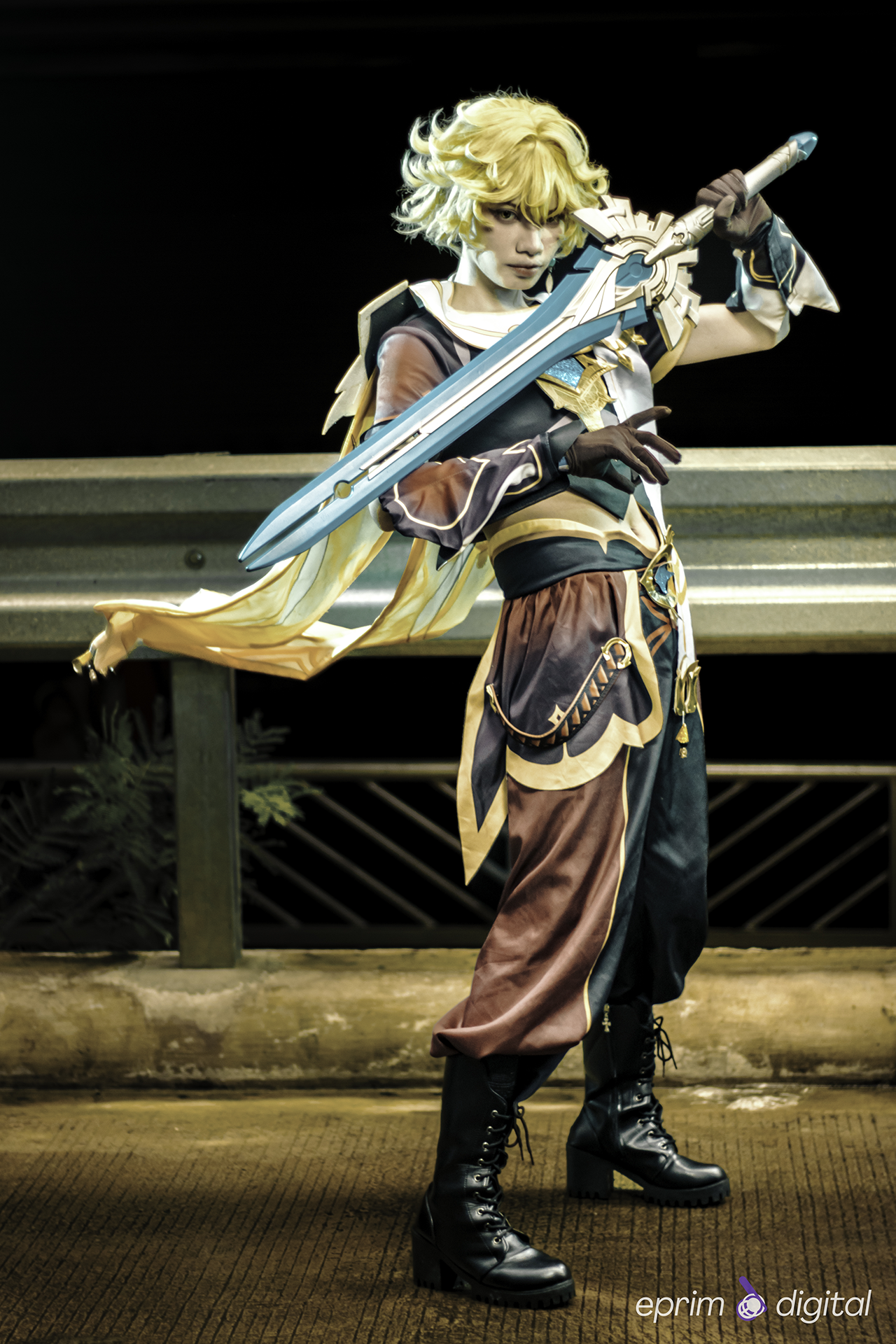
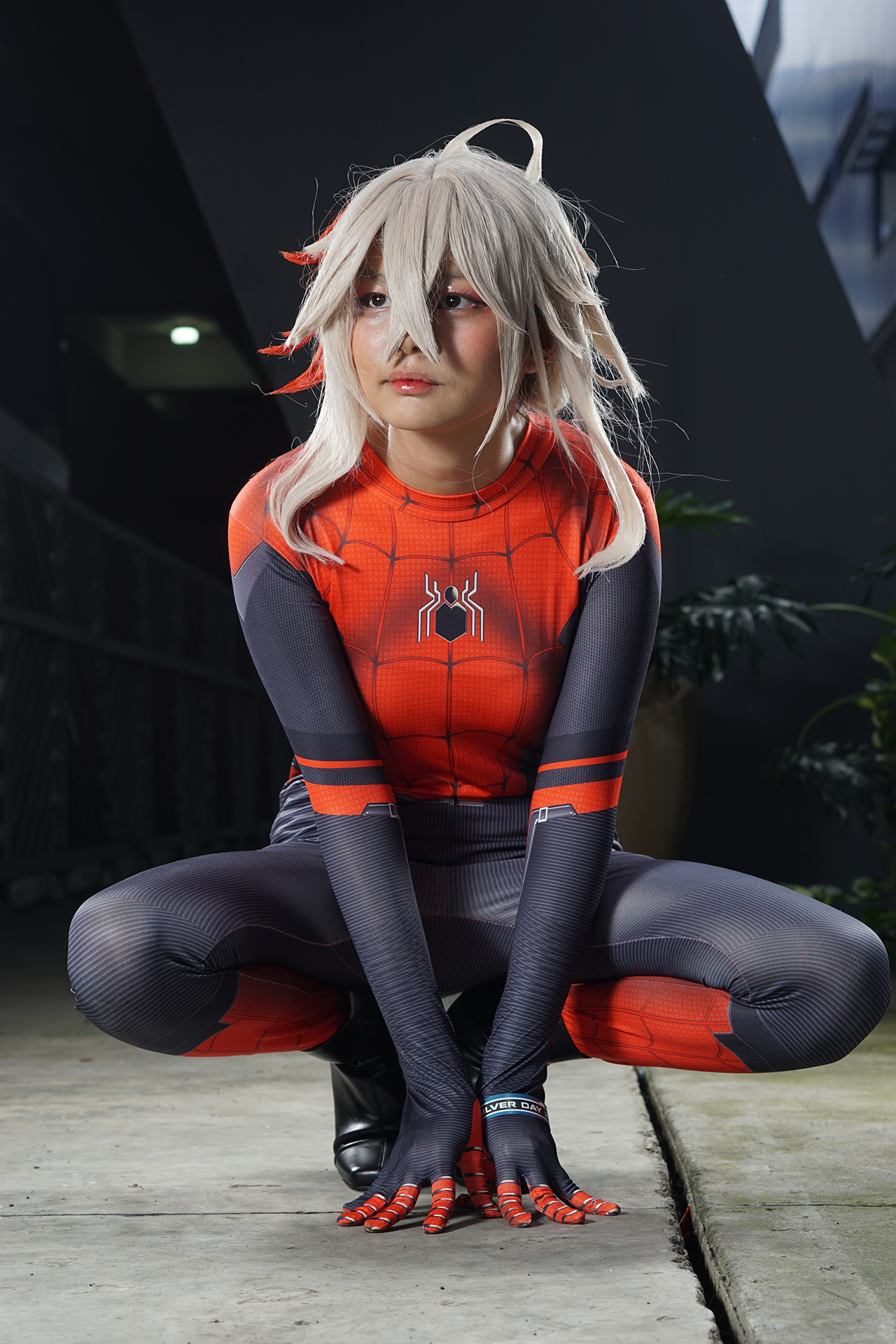
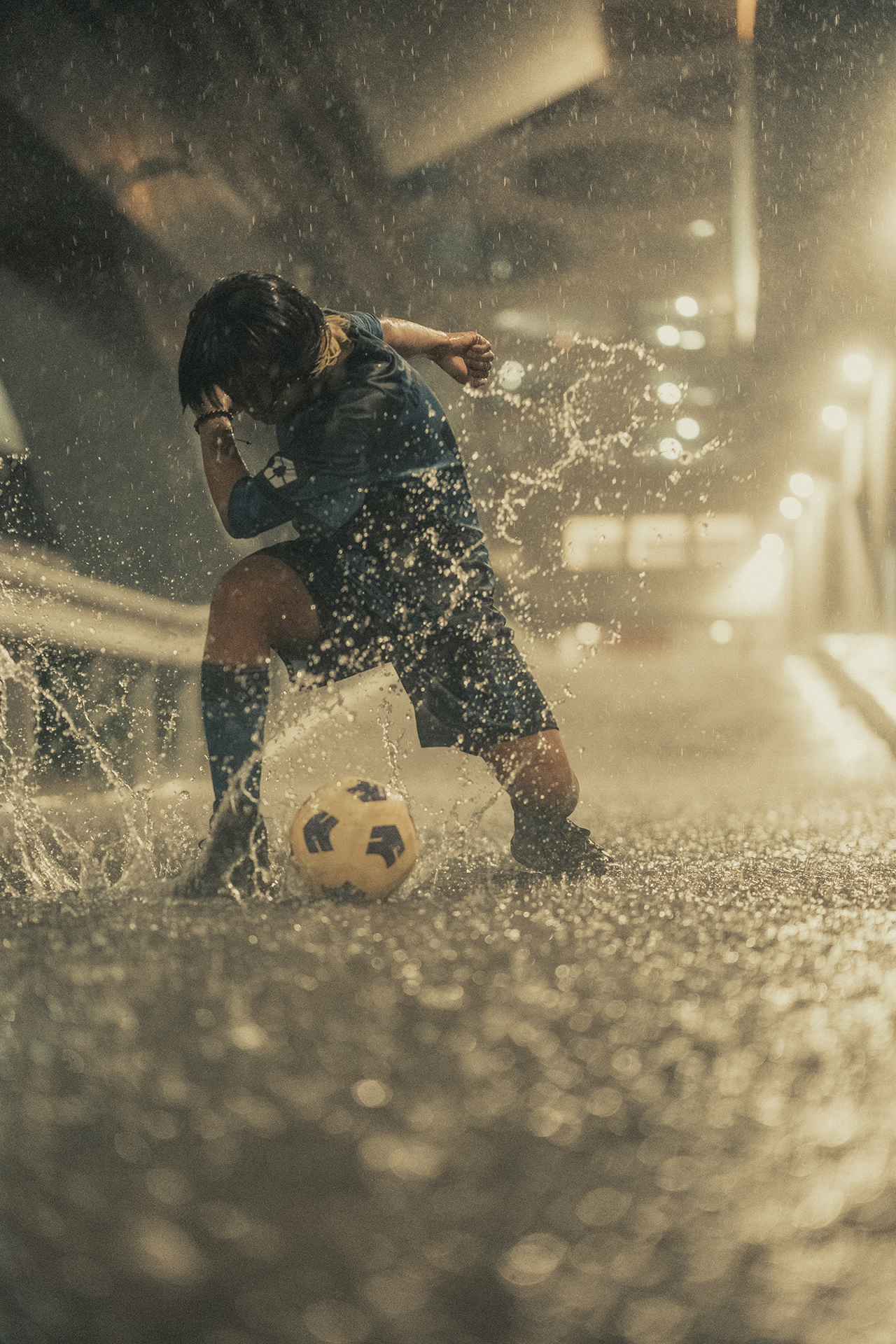
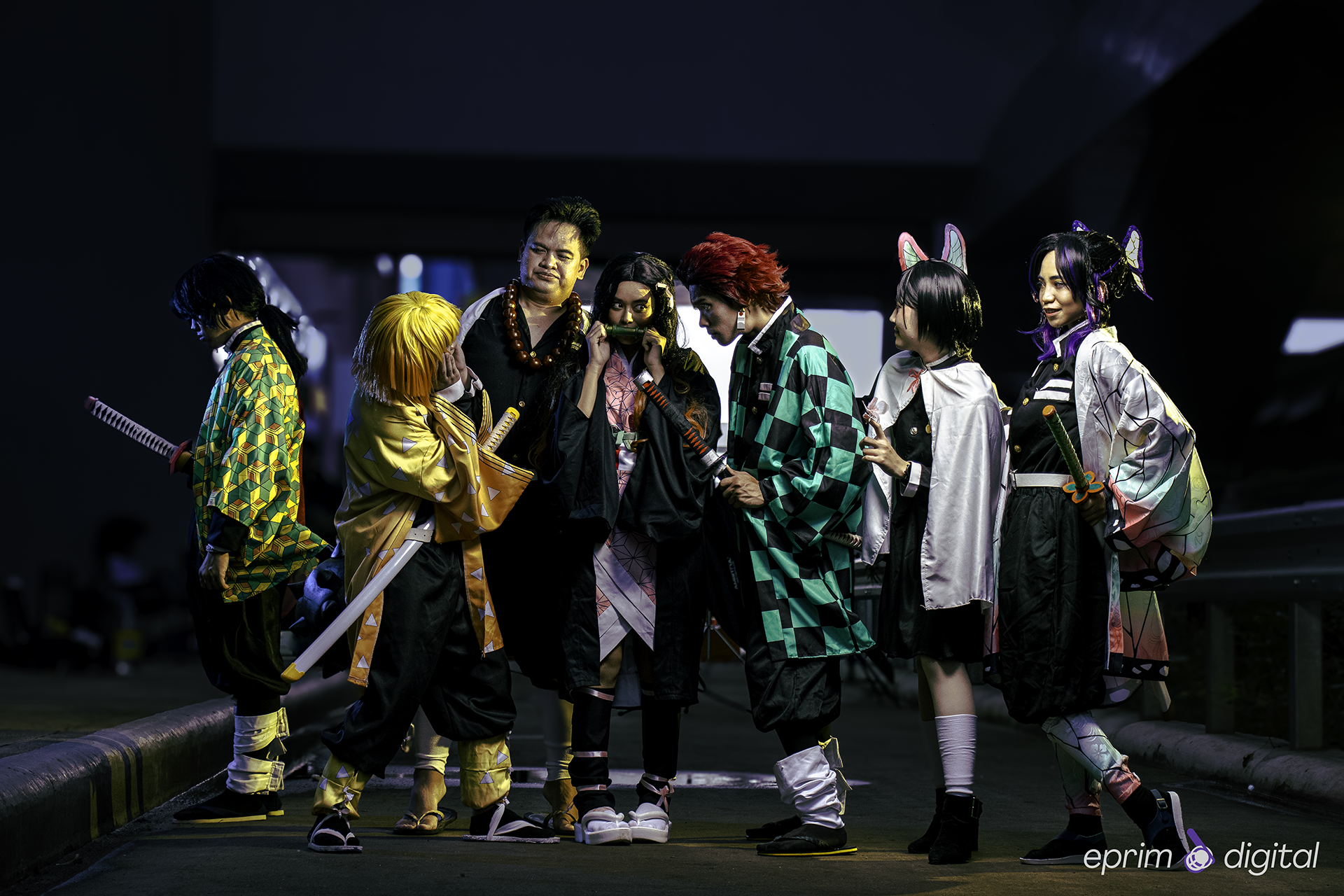
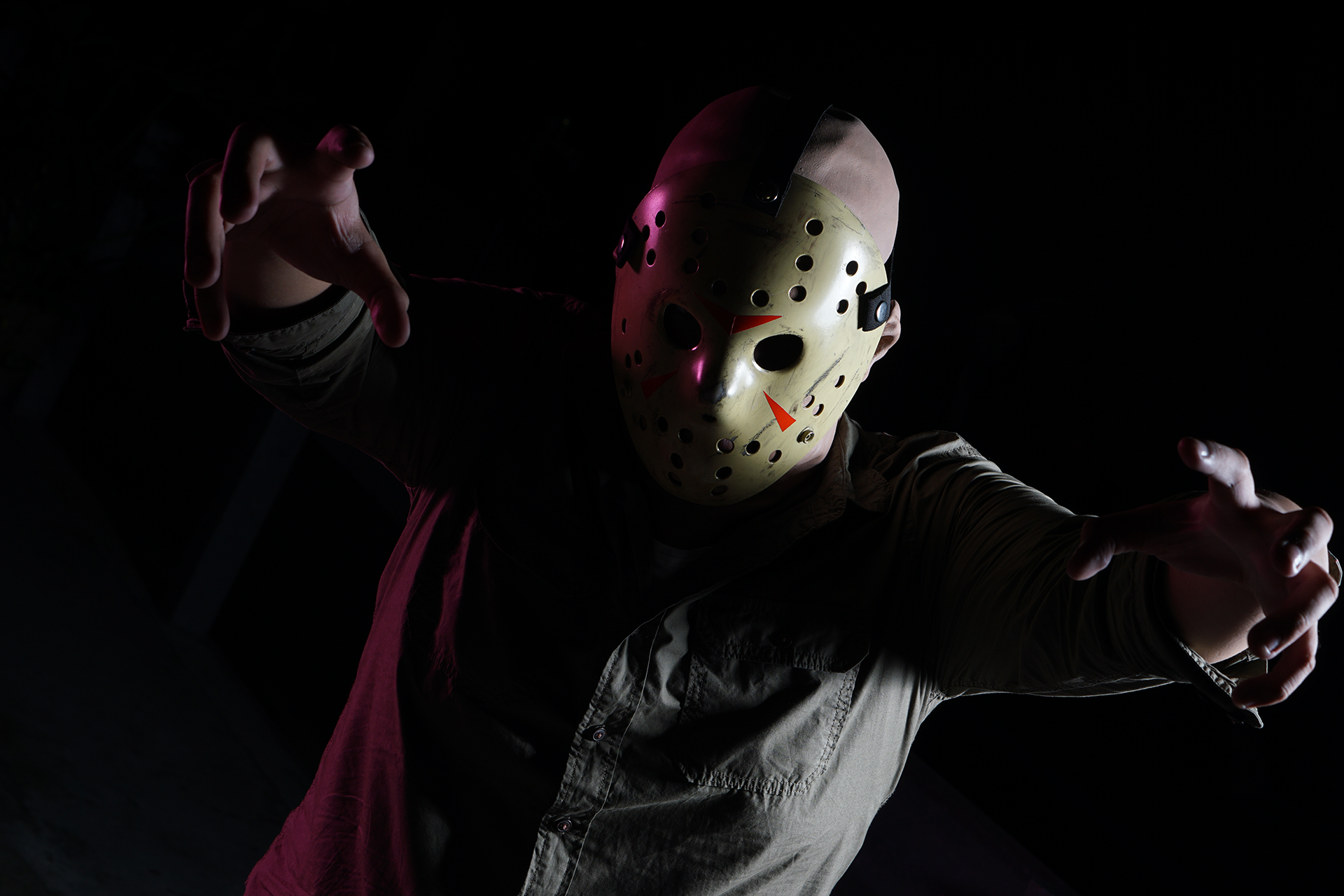
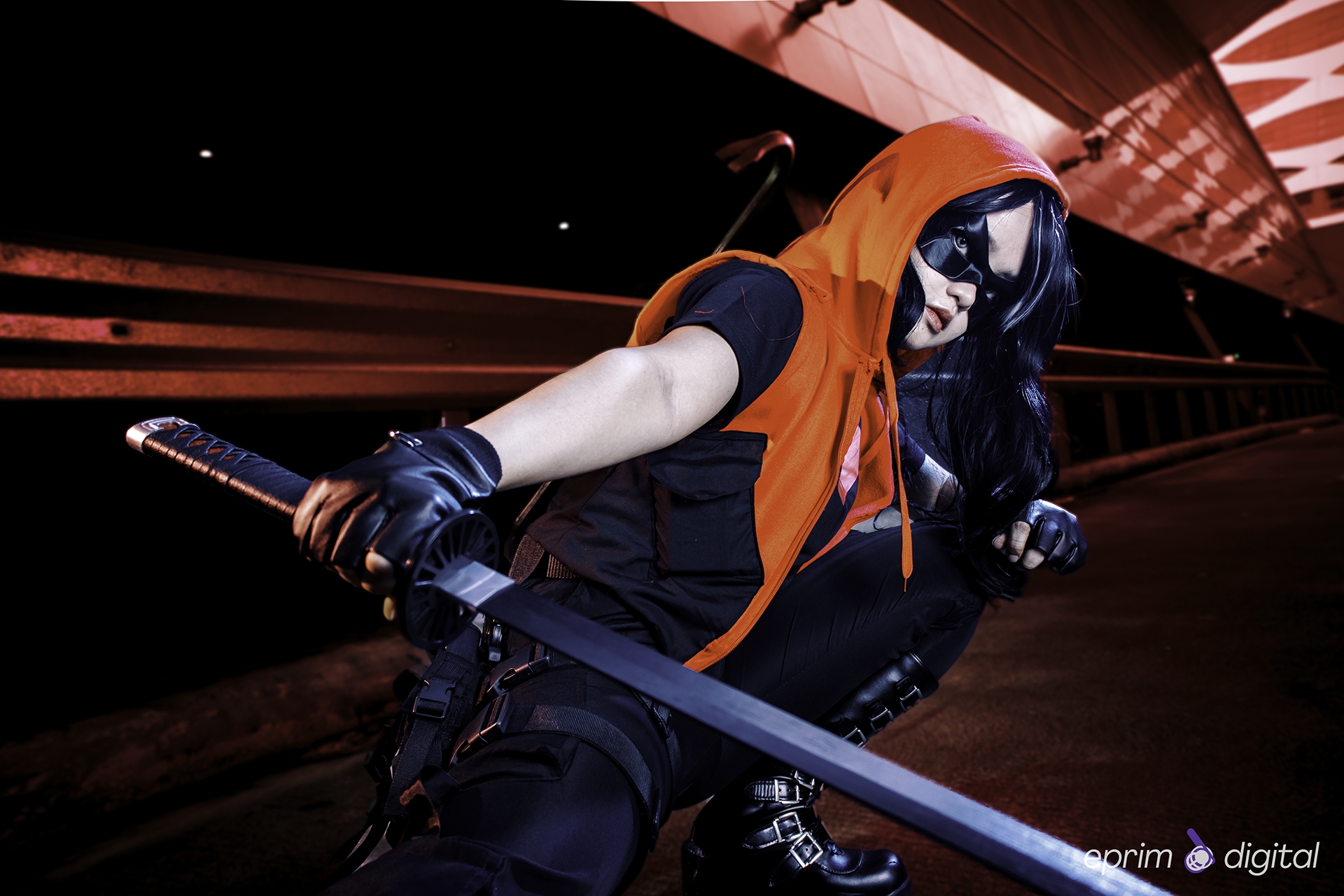
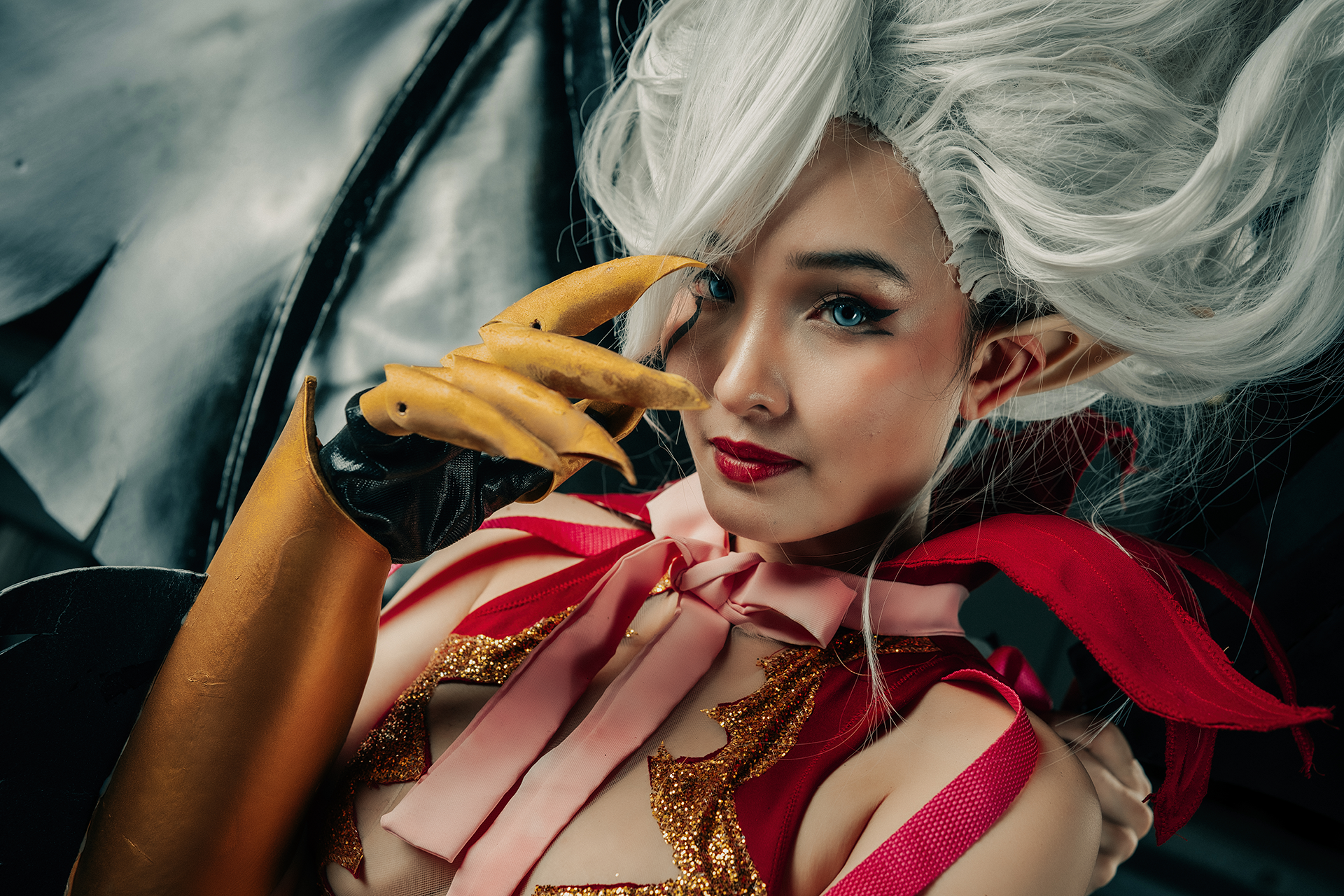
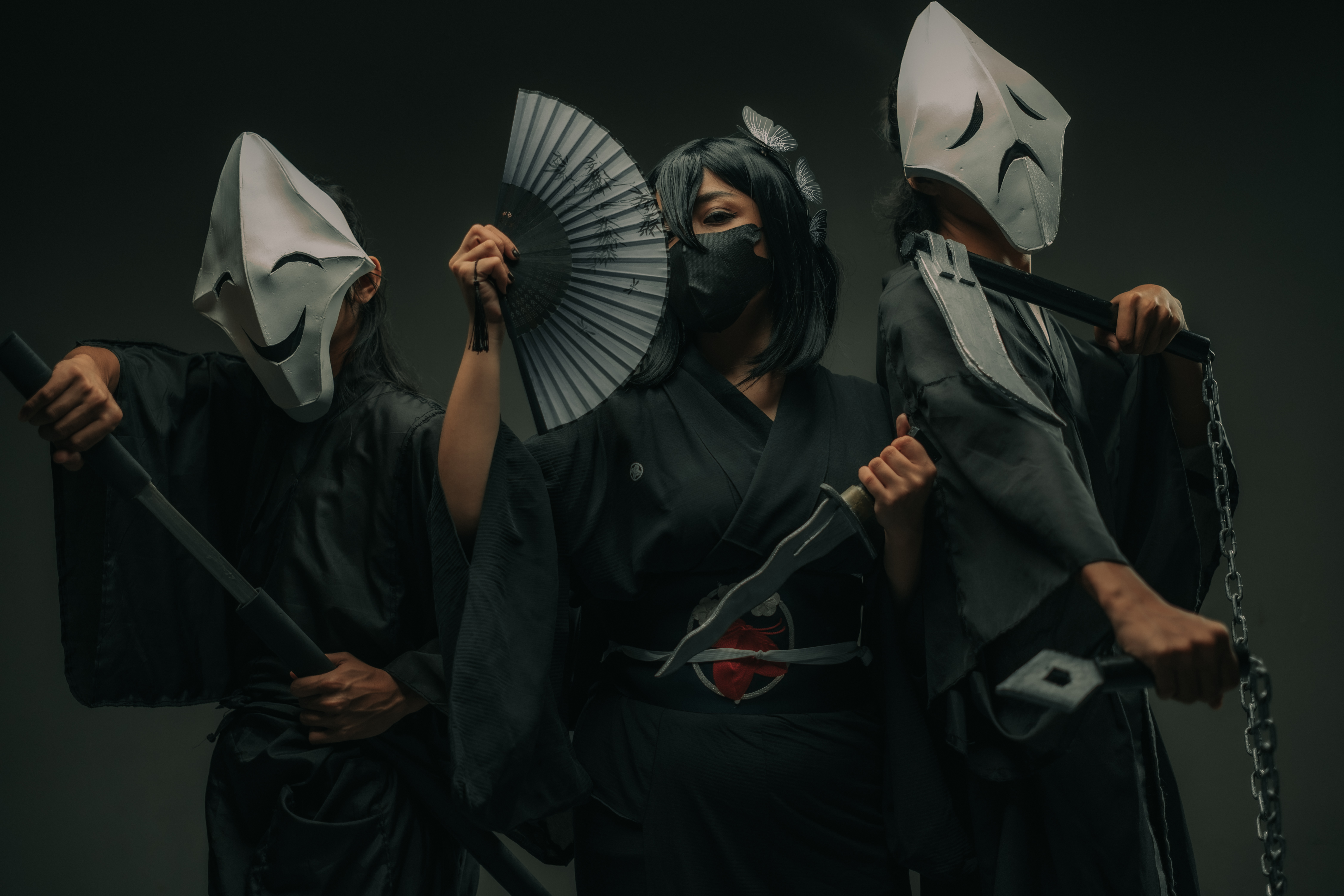
Participate In Discussions